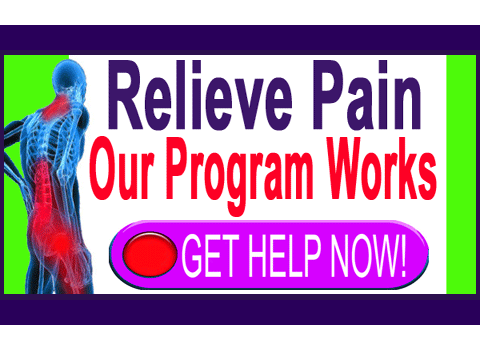
Severe sciatica describes the sharp and debilitating pain experienced by many unfortunate patients. Severe symptoms generally include acute pain and weakness and sometimes also include intermittent tingling and numbness. The worst sciatica expressions are enough to completely cripple even the strongest patient, keeping them in bed until the flare-up passes. If the pain does not resolve, then the patient better get used to a life much different than the one they once knew.
This discussion concentrates on what makes some sciatica symptoms so intense. We will explore why even the most drastic treatments often have little effect on the worst sciatica expressions.
Severe Sciatica Enigma
The severity of the symptoms often has little or nothing at all to do with the source of pain or the reason for the recurrence. Potentially serious spinal causations often produce no symptoms at all, or only minor discomfort. Meanwhile plenty of sciatica patients endure horrific suffering for no verified structural reason.
The lesson to be learned is that lower back pain is known to be one of the most agonizing experiences a person can ever face, yet there may be no significant underlying issue explaining the symptoms, nor their severity. When it comes to sciatica, this is also certainly very true.
Some patients are shocked to hear that they have seemingly dire spinal issues, since they have no pain or only minor symptoms, while others expect the worst and wind up with a clean bill of health. Of course, there is also the possibility for everything in between these two extremes.
Treatment for Acute Sciatica
In circumstances of severe pain, most patients simply want to find relief. They do not question the consequences of said relief, nor the fact that the methods of providing it are likely to be temporary, disappointing and even dangerous. When a person is in pain, they will do anything to make it stop.
Doctors have created a huge demand for prescription pain management medications and patients will typically accept these drugs without even questioning their potential risks. Furthermore, many patients mistakenly believe that these drugs will somehow cure them, which is the most foolish notion possible. Drugs are merely symptomatic treatment and will do nothing at all to correct the underlying sources of sciatica, nor any painful complaint. Doctors seem to conveniently leave this part out of most consultations. Worst of all, treatment statistics clearly show that pharmaceutical therapy fails in its efficacy, as well, with most patients citing continuing pain even while taking the strongest medications.
Surgery is always a final treatment option for patients who can not stand the suffering anymore. Although many patients enjoy the resolution of the structural issues theorized to be causing their pain, a great number still have the symptoms postoperatively. This may occur due to poor surgical results and complications, or may indicate an incorrect diagnosis, leading to misdirected operative intervention.
Coming to Terms with Severe Sciatica
Coming to terms with sciatica is not about looking for ways to avoid the pain or deaden it under a haze of symptomatic pharmaceutical products. I understand that severe symptoms can be torture, but it is crucial that you find a way to concentrate on what should be your only goal: That is, finding a real cure. You must understand your pain and make sure the diagnosed source is correct.
Misdiagnosis is epidemic in the healthcare community and is the number one problem faced by back pain sufferers. If you do need pain relief while searching for the real cure, consider alternative means, such as acupuncture, TENS or massage.
As a final thought, let me leave you with one last thing to consider. Severe pain always exists for a reason. However, that reason may not be anatomical. The mind can enact, perpetuate or exaggerate the most extreme pain in order to deal with highly charged sensitive emotional concerns. This topic is called mindbody medicine and should be investigated by anyone who has not found lasting relief from more traditional medical care.





